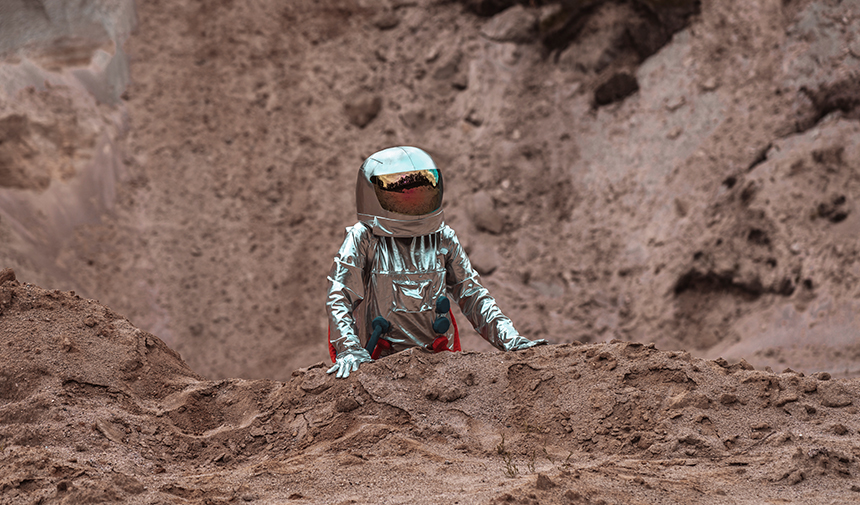Large saline lakes in various parts of the world are noted for their natural beauty and ecological importance. These lakes are home to different ecosystems, often inland, in closed basins or harboring waters with high salinity levels. Lake Karum and Lake Van are just a few of these large saline lakes, each with unique geographical and ecological characteristics.
Lake Karum Natural Ecosystem and Salinity
Lake Karum is an inland water lake in Asia with high salinity levels. This lake is located in an area that is usually under the influence of a desert climate and offers an important habitat for local fauna and flora. The water of Lake Karum is known for its high mineral content and salt deposits are observed in some areas.
Lake Van: Turkey’s Pearl and Biodiversity
Although Lake Van is a large freshwater lake located in eastern Turkey, some parts have salinity rates. Located in the lakes region, Lake Van is of great importance both economically and ecologically. The lake offers a rich biodiversity with its surrounding vegetation and underwater life.
Ecological Role of Saline Lakes
Saline lakes play a critical role in migration routes and nesting sites, especially for birds. Some species that can withstand high salinity levels prefer to live in these lakes and support the ecosystems around them. They can also contribute to groundwater replenishment.
Geological Formation and Salinity Sources
The formation of saline lakes is often associated with geological processes. Closed basins and high evaporation rates can lead to increased salinity levels of water in lakes. In addition, some saline lakes may be formed by groundwater rising to the surface or by erosion of local minerals.
Cultural and Economic Importance
Saline lakes can be economically important in some regions. Salt production can continue as a traditional occupation for local people around the lake. They can also be attractive for tourism, offering visitors the opportunity to experience local culture as well as natural beauty.
Conservation and Sustainability
Maintaining the ecological balance and salinity levels of saline lakes is critical for the survival of wildlife. Salinity levels in lakes can change due to human impact, which can affect the health of lake ecosystems. Therefore, sustainable management and conservation of saline lakes is important.



